Quantum computing in 2024: The State of Play
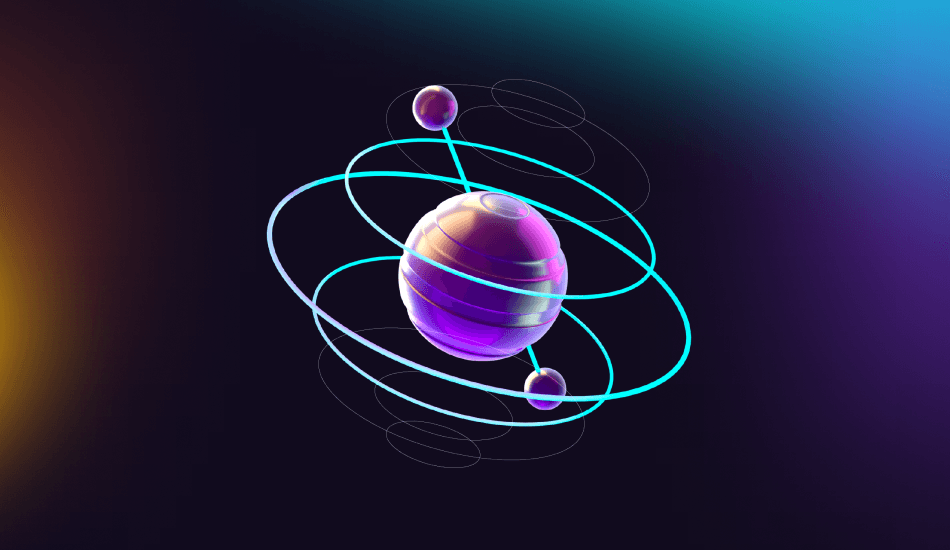
Quantum computing is one of tech’s hottest buzzwords right now. But what is it, exactly? Why should we care? And where does the cloud fit in? Have no fear, our in-house expert is here… over to Valentin Macheret, R&D Engineer for Scaleway Labs!
Why does quantum computing exist?
Quantum computing arose from the intersection of two fields: the need for better knowledge about information processing at the quantum level, and the growing need for computing power to solve complex problems such as materials simulation and optimization.
Quantum computing is already vast and will continue to develop over the coming years. Here, we are concerned only with the computational aspect.
One key property of quantum mechanics, superposition, allows a quantum system, such as a photon or an atom, to be in 2 states at the same time. This quantum information-carrying system is called a quantum bit, or qubit, and is the basis of all calculations.
This peculiarity in the qubit enables quantum computers to have tenfold parallelism (doing several things at the same time), making it possible to explore more solutions simultaneously than with binary, bit-based computers.
Imagine having to get out of a maze. In a classical program, you'd sequentially choose left or right at each intersection and keep track of the path taken until you found the exit. In the quantum version of this program, you can explore both left and right at the same time. The time needed to find the solution is exponentially reduced. That's what quantum computing is all about! To find solutions to problems that would be too costly to calculate in the classical way.
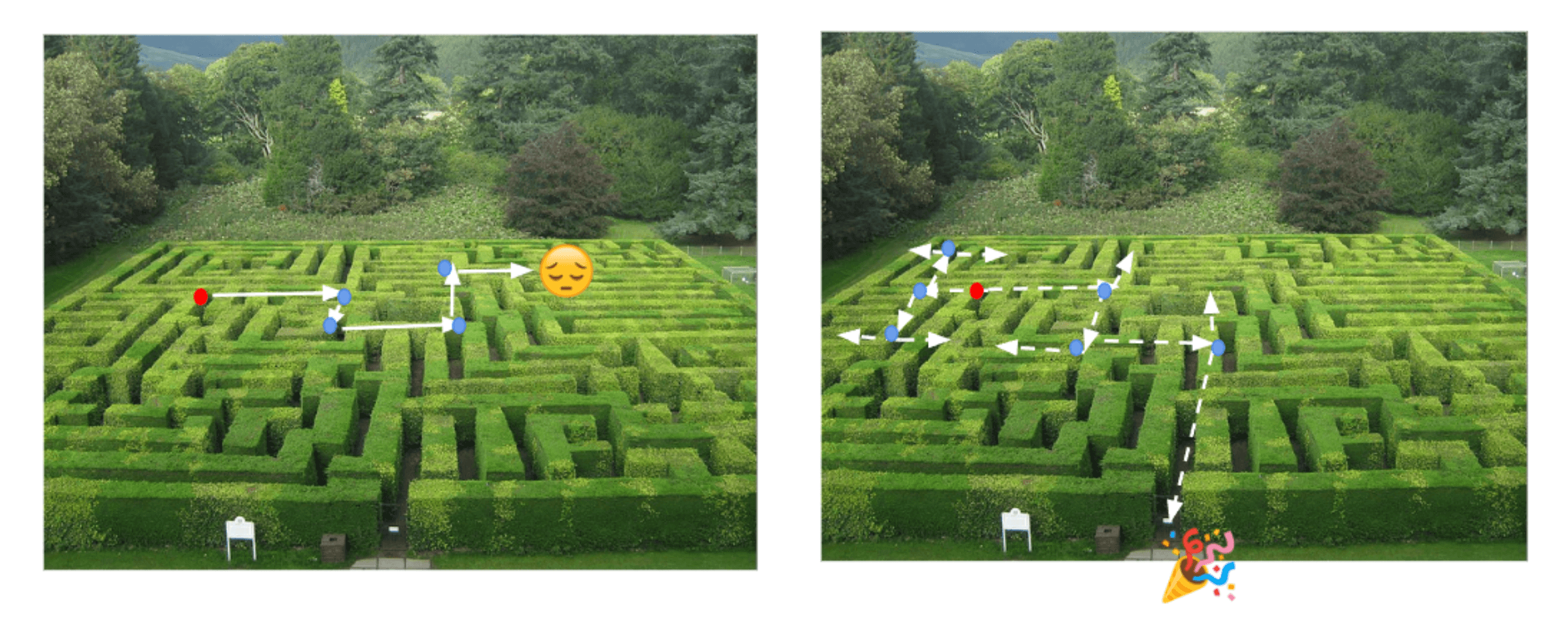
Do such computers really exist? And can they break the algorithm that secures our current communications, RSA-2048 encryption?
State of play and current limits
Yes, quantum computers do exist. But breaking RSA-2048 encryption isn't just around the corner. Let me explain.
All the players building computers (Quandela, IBM, IonQ, Pasqal, DWave...) are focusing on their own technology. Indeed, quantum hardware can be based on many different “quantum support”: photons, superconducting materials, trapped ions, neutral atoms, annealing... Each of these approaches has its own advantages and challenges.
Let's not forget that nothing is simple in this field, and many approaches remain to be explored. Today, it would be pretentious to say which technology will come out on top.
Quantum computer assessment
To qualify the maturity of a quantum computer, we would be tempted to look at available qubits count. But that's only part of the story. In 2000, David Di Vincenzo, an engineer at IBM, proposed a set of 5 criteria for assessing the maturity of a quantum computer.
Here are Di Vincenzo's criteria, and the reality on the ground in 2024:
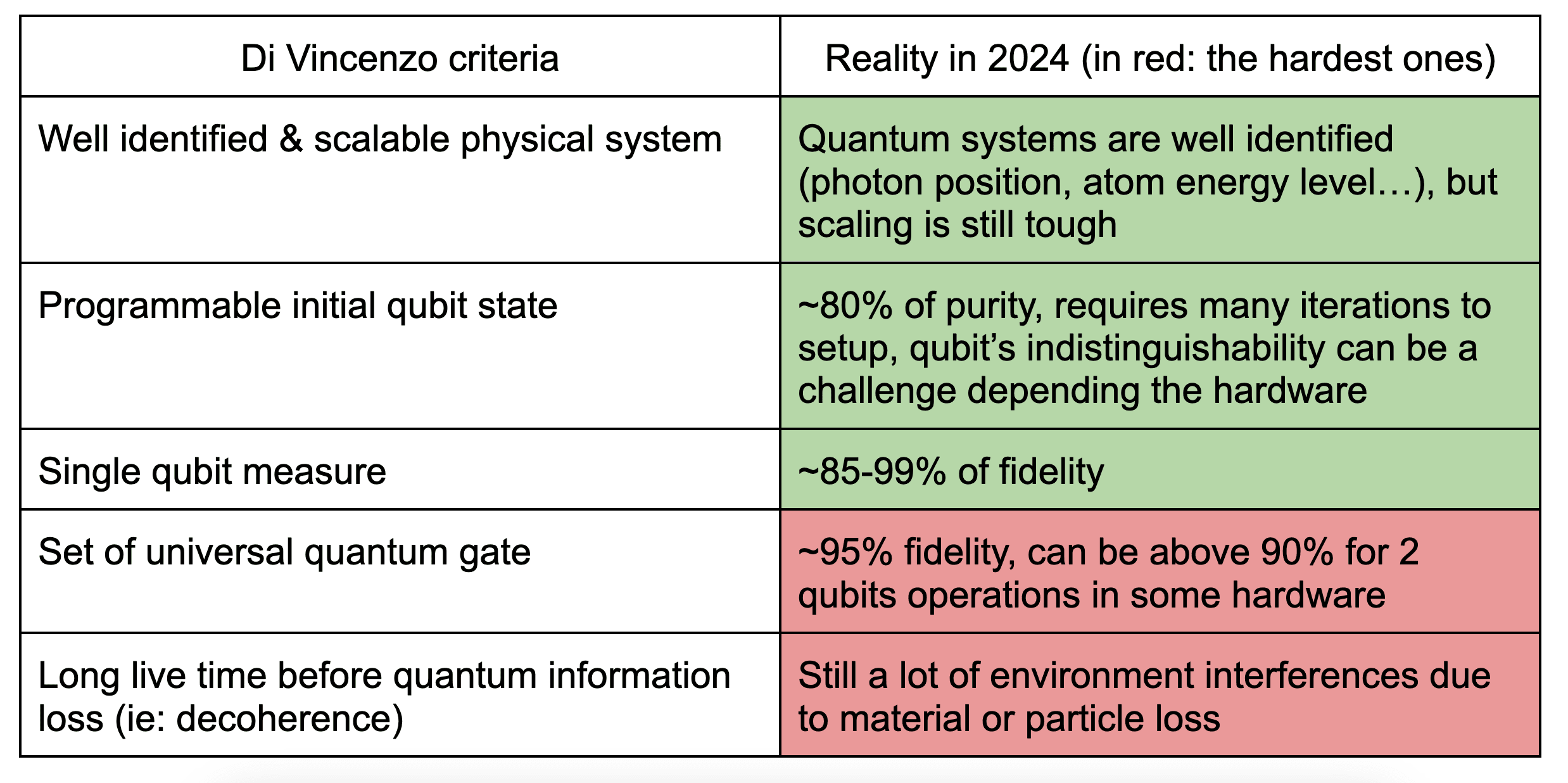
Today's major challenges concern the fidelity (i.e. quality) of qubits and the operations applied to them.
To quantify the power of a quantum computer, several metrics arose. These include Quantum Volume (IBM, 2020), which takes into account the number of qubits and their fidelity, or the number of operations per second (IBM, 2021). The reality, however, is that few players are taking the time to measure and publish these metrics, as the priority remains to evolve and enhance the hardware.
Errors are everywhere
One of the biggest challenges facing all quantum computer manufacturers is to reduce the qubits error rate during operations. Errors can be caused by unwanted decoherence, where the state of a qubit can be altered by interaction with the environment (temperature, vibration, acoustic waves, electric fields, etc.), or by simple loss of the quantum support (a photon “lost” in a fiber, for example).
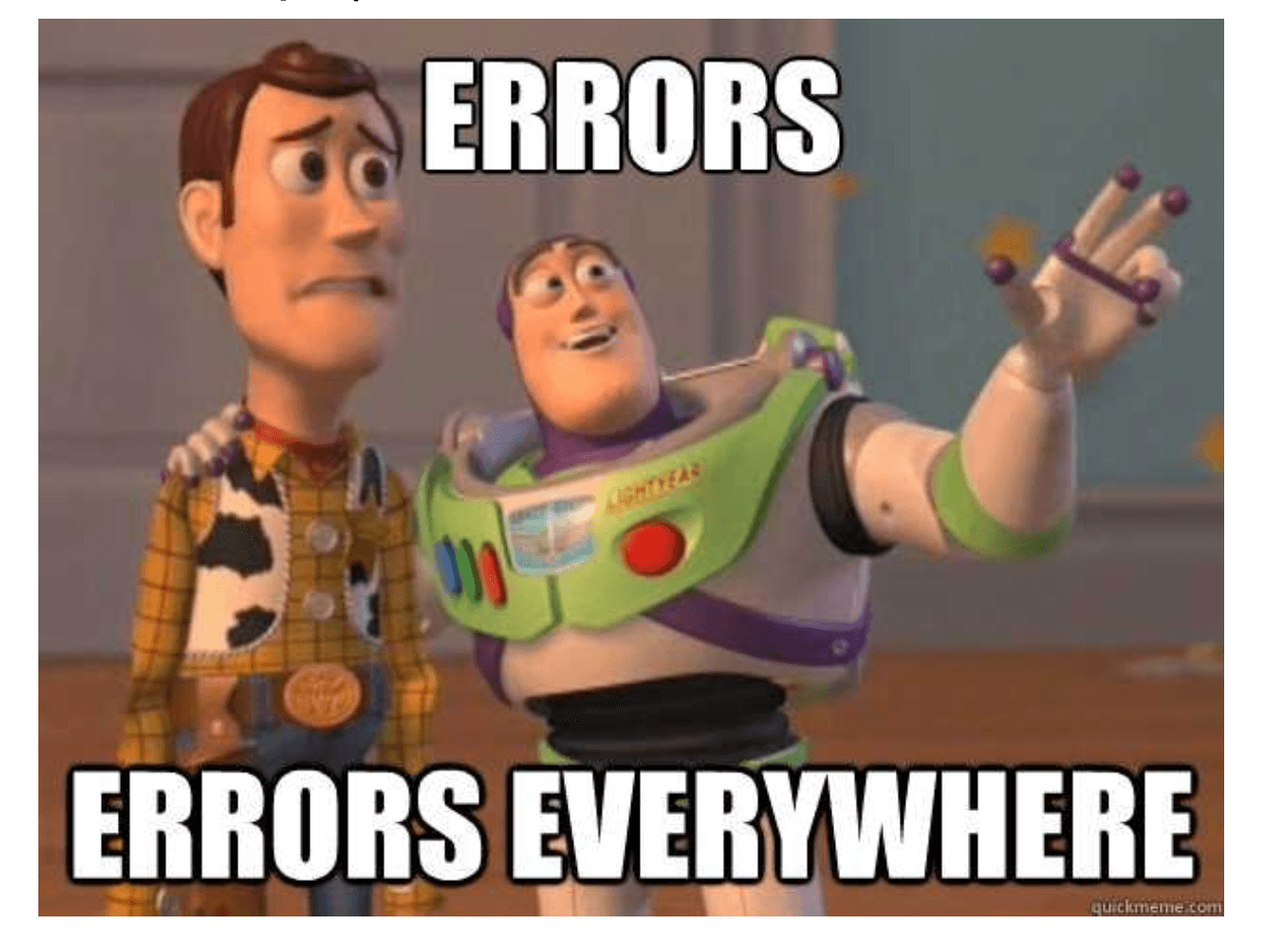
This highlights a big paradox in quantum computing: keep isolating qubits from their environment as much as possible... while at the same time keep seeking to control them to perform operations on them.
Two (non-exclusive) solutions stand out: 1) improving hardware to better isolate quantum information from disturbances, and 2) quantum error correction (QEC). Alice & Bob, a French quantum player, takes a mixed approach: creating superconducting qubits with natural resistance to bit-flip, a common type of error.
The key idea behind QEC is simple: use more qubits for information redundancy, and to apply correction operations in the event of errors.
That's why it's important to ask when a new quantum computer is announced: how good is qubit fidelity? How many will I need to use for error correction?
Today, QEC is written manually into the quantum algorithms. It's a tedious task that requires dedicated engineers. QEC can be so cumbersome that it considerably reduces the number of “useful” qubits (information carriers), making it impossible to run certain algorithms.
There are emerging paradigms with incorporated QEC such as measure-based computation (MBQC) or fusion-based computation (FBQC). But these approaches are still theoretical and, to date, no quantum computer has been able to implement them successfully.
So, when will quantum computing be ready ?
Getting back to the RSA-2048 example again, according to this article published in 2021, at least 20 million physical qubits (including correction) would be needed to factor a prime number sufficient to break the protocol. In 2024, there are at best a few hundred qubits on some computers.
An article from 2022 estimates about 372 near-perfect qubits (99.9% fidelity) with a much slower hybrid approach... Prime number factorization estimations are commonplace, we must be cautious in the absence of consensus.
It will take at least another 5-7 years before we reach fault-tolerant quantum computing (FTQC). This transitional period before logical qubits (ie: robust to error) can be used is known as the Noisy Intermediate Scale Quantum (NISQ) era.
The place of quantum emulation in the ecosystem
The key idea behind quantum emulation is simple: use binary power to mimic the behavior of interactions in a real quantum computer (superposition, entanglement, decoherence...). There are emulators that specifically simulate a particular type of hardware (such as Quandela's exQalibur for photonics, or Pasqal's Pulser for neutral atoms).
Almost all emulators offer an error-free mode (ie: logical mode), as well as a mode with simulated quantum errors mentioned above (ie: physical mode).
Quantum emulation is therefore positioned as an alternative way to explore quantum computing and prototyping algorithms without having to worry about hardware constraints, the availability of a quantum computer or computational errors (see figure 1).
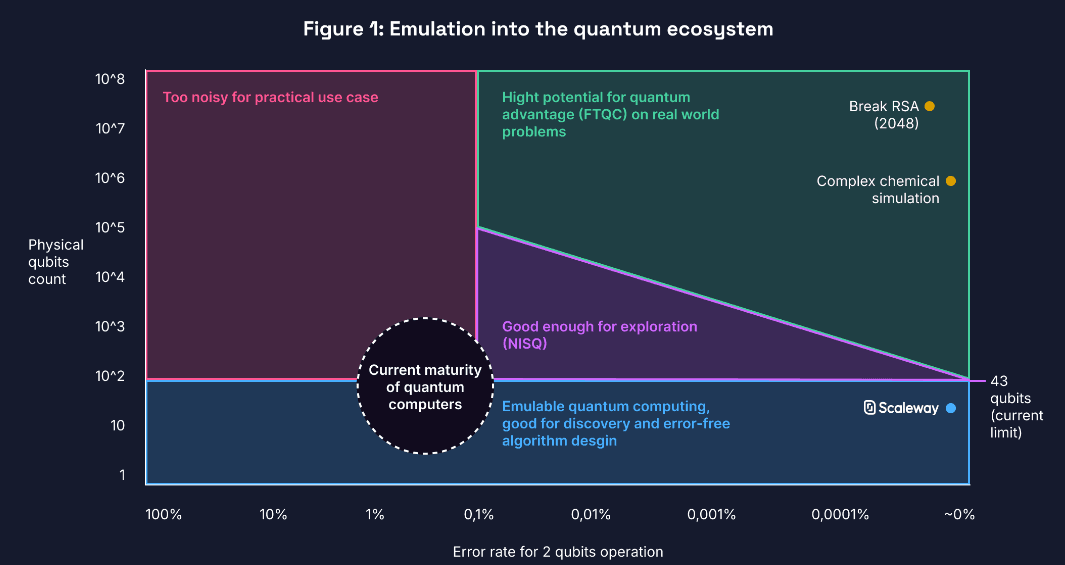
However, emulation has one major constraint: memory consumption, which doubles at each qubit. Storing the state vector of an N-qubit quantum system means storing 2^N x 8 bytes in memory. That's 8MB for 20 qubits, 8GB for 30 qubits... By 2024, emulators available on cloud offer up to 40 qubits, and this requires an entire supercomputer of GPUs.
A first step into Quantum Computing
Developing quantum algorithms in 2024 is still an arduous task. It still means directly manipulating quantum logic gates, far from Bool algebra. Thus, some of these gates are very specific to a particular type of hardware.
SDKs such as Cirq, myQLM, CUDA-Q, Qiskit or Perceval exist to design, build and run quantum algorithms on real or simulated quantum computers.
Here's a trivial example, using Qiskit, of a quantum circuit producing a GHZ state (3+ superimposed and interleaved qubits). A GHZ state is a common pattern, whether in QEC, quantum telecommunication (QKD) or in algorithms such as Grover's.
from qiskit import QuantumCircuitfrom qiskit_aer import AerSimulator# The simulation object to emulate a quantum processorbackend = AerSimulator()# Define a quantum circuit that produces a 3-qubit GHZ state.qc = QuantumCircuit(3)qc.h(0) # Put the 1st qubit in superposed stateqc.cx(0, 1) # Entangle the 1st qubit with the 2ndqc.cx(0, 2) # Entangle the 1st qubit with the 3rd… so the 2nd with the 3rdqc.measure_all() # Measure all the axis of the qubit# Execute the circuit on the simulator and retrieve the resultresult = backend.run(qc, shots=1000).result() # Means that the circuit will be run 1000 timesprint(result.get_counts())In this example, only 3 quantum gates (1 Hadamard gate, 2 Control-X gates) are applied. Compared with a binary processor, this would be equivalent to having applied as many logic gates (AND, OR, XOR...), so very limited. Although this is constantly changing, developing complete algorithms requires positioning thousands / millions of these gates. In 2024, quantum exploration is limited to a few dozen, sometimes hundreds of quantum gates. This is mainly due to the hardware limitations (error rate or huge memory consumption) and the lack of advanced high level tools.
Some SDKs go a step further and already offer libraries of very specific quantum algorithms. Well-known algorithms are eigensolver variations or graph optimizations (here's an example of QUBO with Perceval).
Quantum at Scaleway
Before quantum computing can become a seamlessly integrated into our technological landscape, there are still 2 steps to be taken:
Increase the reliability of quantum computers, with fewer calculation errors.
Increase their accessibility, reduce downtime and cut costs.
Scaleway's Quantum as a Service (QaaS) addresses these issues by offering a suite of quantum emulators powered by a variety of hardware, from CPUs to GPU clusters.
Here's a list of emulators proposed by Scaleway's QaaS offering:
Qsim: Developed by QuantumLib, it excels in state vector representation for maximum performance.
Aer: maintained by Qiskit, it is ideal for complex representations such as density matrices and tensor networks. It also benefits from multi-GPU support.
exQalibur: Developed by Quandela), this proprietary & optimized multi-GPU emulator is dedicated to linear-optical quantum computing (LOQC). It simulates unique photons stored into modes (small optical fibers) and optical operations (beam splitters and phase shifters).
These emulated quantum processors (QPUs) can be accessed via Perceval, developed by Quandela, and Qiskit, maintained by IBM. Let's take our example with Qiskit to use Scaleway's QaaS service:
from qiskit import QuantumCircuitfrom qiskit_scaleway import ScalewayProviderprovider = ScalewayProvider( project_id="<your-scaleway-project-id>", secret_key="<your-scaleway-secret-key>",)# Retrieve a backend object with Aer emulation on a H100 GPU to run algorithms# Need to run over a Qsim emulator? Just change to “qsim_simulation_h100”backend = provider.get_backend("aer_simulation_h100")# Define a quantum circuit that produces a 3-qubit GHZ state.qc = QuantumCircuit(3)...qc.measure_all()# Create and send a job to the target sessionresult = backend.run(qc, shots=1000).result()...An QPU session emulated by Aer will immediately be created and will be kept for many minutes for the next runs.
To quantify this cloud offer, benchmarks were carried out to compare the Quantum Volume (calculating the largest possible square circuit) of the different platforms. Here is the benchmark result for Aer on CPU and GPU setups.

We can see that the available platforms can easily exceed the 30 logical qubits, reaching up to 36 qubits* (37 if we switch to simple precision). Enough to break RSA-128, based on this algorithm!
In conclusion, Scaleway’s Quantum as a Service (QaaS) makes it possible to :
Explore quantum programming at lower cost: Scaleway offers an affordable service for researchers and developers wishing to learn about quantum programming without worrying about hardware errors or investing in expensive infrastructure.
Avoid waiting for access to commercially available quantum computers: with waiting times of up to several weeks to access real quantum computers, quantum emulation saves precious time, particularly during testing and development phases.
Unlock the limitations of a local computer: Scaleway's quantum emulation platforms enable the execution of quantum algorithms on a much larger scale than those possible on conventional computers.
With the emergence of quantum computing, which is radically transforming the way complex problems are formulated and solved, learning, democratizing and simplifying access to quantum algorithms are crucial issues. Scaleway is committed to ease this transition, by making quantum innovation accessible to a wider audience and supporting the technological breakthroughs that will push quantum computing a step further.
*This number may change depending on the QaaS service platforms.
Curious to find out more? Here’s some further reading:
- Quantum Computing for the Very Curious (2019)
- Understanding Quantum Computing by Olivier Ezratty (2023)
- The Beginning of Quantum Computing by Pascale Senellart, in French (2021)
- Scaleway’s official QaaS page and console integration
- Qiskit webpage and Qiskit Scaleway package
- Perceval webpage and Perceval Scaleway integration